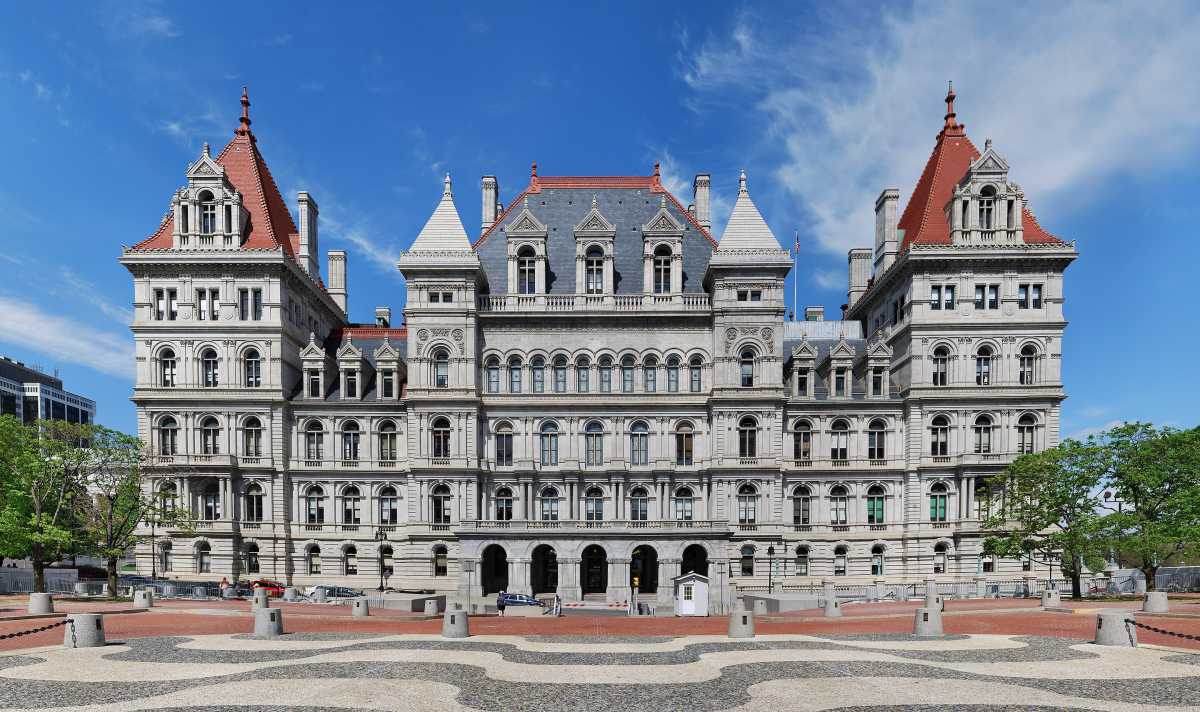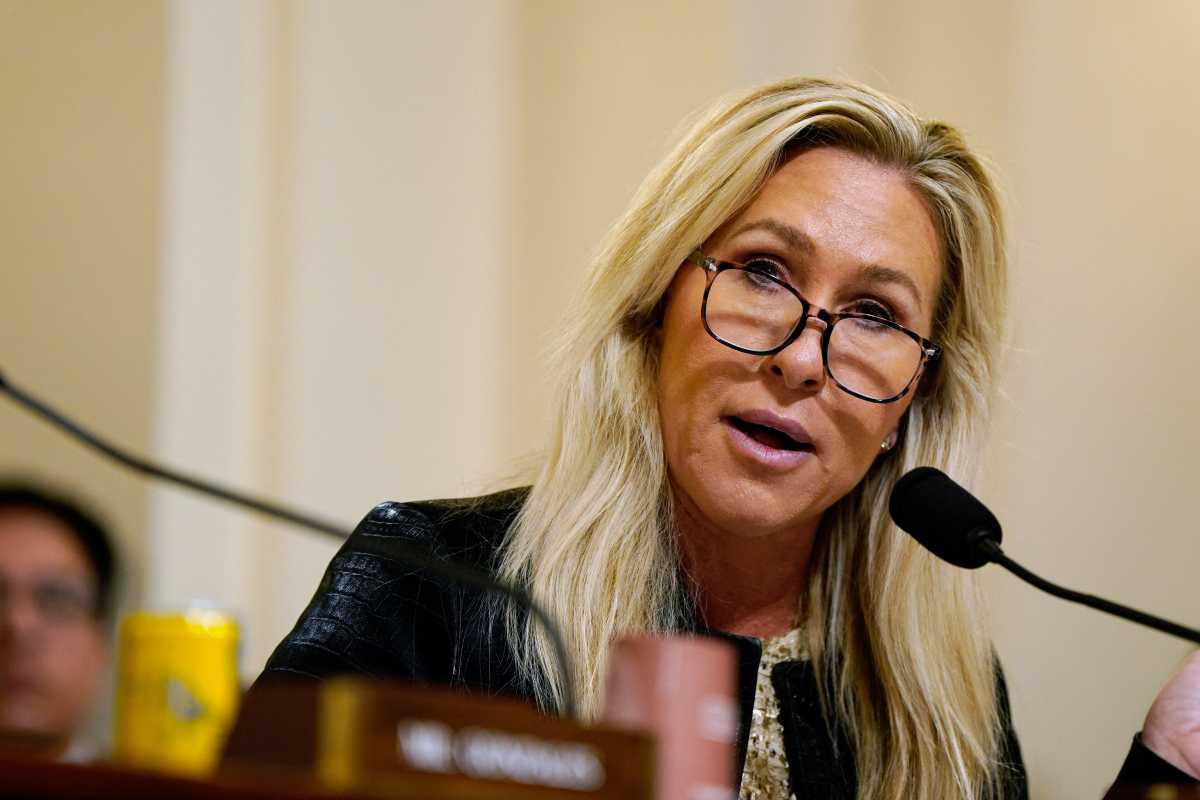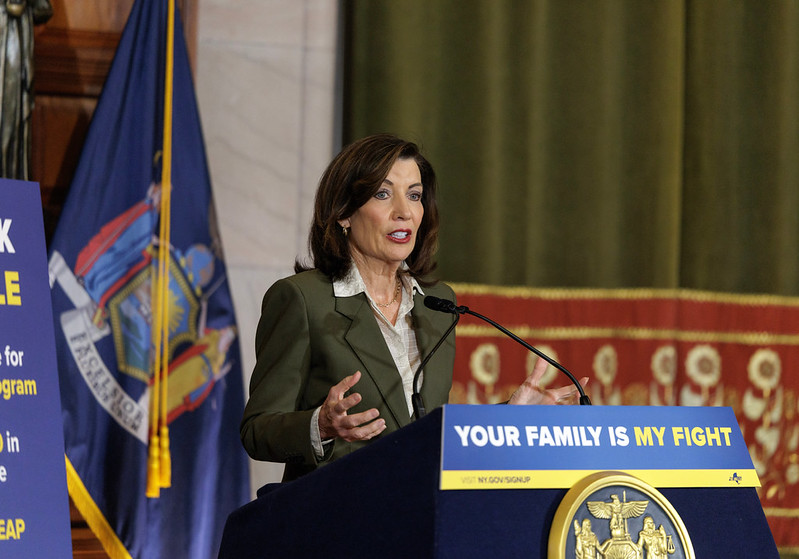Health care workers are experiencing burnout at a record high level, with a reported 63% of physicians surveyed, in a recent Mayo Clinic Proceedings article reporting at least one symptom of burnout in the end of 2021 and beginning of 2022. This is a 38% increase from reported results in 2020.
With a nationwide nursing shortage leaving hospitals understaffed and a lack of government funding limiting resources, it is easy to understand why members of the health care profession are reporting these issues.
Individuals within the industry are pushing for change, calling for an investment in the health care workers who play such a vital role in keeping New York healthy.
Recently, Governor Kathy Hochul announced a series of pay increases for nurse positions within New York state, a step in the right direction. The increases will bring the starting salary of registered nurses working the day shift to nearly $90,000 upstate and $108,000 downstate when coupled with pay differentials.
“After more than two years on the frontlines in the battle against COVID-19, New York nurses deserve more than our gratitude — they deserve fair and competitive pay,” Governor Hochul stated in a press release. “These wage increases reflect our state’s commitment to supporting our healthcare workers and will help us retain and recruit the next generation of nurses to keep New Yorkers safe.”
This was just one of many initiatives Governor Hochul has implemented over the past year. On Oct. 13, she announced that New York state would be doubling its spending to expand the physician workforce to include more people of color.
This funding will go to an effort originally launched in 2017 with intentions to diversify New York state’s doctors.
In August, Governor Hochul signed the Health Care and Mental Hygiene Worker Bonus Program into law, which is designed to distribute more that $1 billion in state funds via bonuses paid through employers to certain “eligible workers” in health care related fields.
All of these initiatives have the intention of incentivizing health care workers to continue work within their fields, but an increase in pay is just the first of many steps in resolving the issue of burnout.
Within the private sector, companies are also working to provide resources for those experiencing burnout.
EmblemHealth, one of the United States’ largest nonprofit health plans, recently launched new projects targeting wellness and burnout of health care workers and teachers, as well as other members of the American workforce, by providing services such as coaching and guided support to those experiencing burnout.
CEO Karen Ignangi states, “If you build a foundation on those interventions, then you can help with diabetes, you can help with asthma, you can actually work with people to make sure they are getting the preventive care they need, but you clear their minds to be able to focus on the other part of health care. Health care is multi-dimensional and we’re focused on bringing all of the skills and supports together to deal with the whole person.”
New York state is also flexing its financial muscles, seeking to improve health care by funding new initiatives.
“This year’s state budget represents the single biggest investment in home care in our state’s history and is a tremendous acknowledgment by our lawmakers of the importance of caring for people in the community,” Kathy Febrario, president and CEO of New York State Associate of Health Care Providers states.
Over the past year, lawmakers have not only worked to invest in health care, but have also proposed legislation to make health care equitable amongst all New Yorkers.
“Health care is a right, not a privilege, and it’s unacceptable for medical bankruptcy to be increasing in our state. In addition to the preservation of the Affordable Care Act, it’s critical that New York State creates policies that tackle these issues while expanding Medicaid to address the social determinants of health,” states Ruth Browne, president and CEO of Ronald McDonald House New York.
Over the past year, New York lawmakers have proposed multiple pieces of legislation that work to tackle these issues of affordability and equity.
Assemblymember and Chair of the Assembly Health Committee Richard Gottfried, who is retiring at the end of this term, has proposed the New York Health Act, which would create universal, single-payer publicly funded health care coverage within New York State, making care equitable and available to all.
Coverage 4 All proposes a plan that creates a state-funded Essential Plan for New Yorkers who are currently excluded from state-funded health care programs due to their immigration status.
The campaign to End Medical Debt calls on Governor Hochul to sign two important bills into law, one that prevents hospitals from placing liens on patients’ homes or garnishing their wages over medical bills and a second that requires hospitals to notify patients ahead of time if the provider adds facility fees to bills and prohibits providers from charging facility fees that insurers will not pay.
Each of these pieces of legislation is a step in the right direction, working towards health care affordability and equity for all New Yorkers.
As 2022 comes to an end, there appears to be a light at the end of the tunnel. With every piece of legislation and each new initiative, the health care industry is trending toward a supported workforce of health care providers and an equitable option for New Yorkers seeking medical care.
Today, our 2022 Power Players in Health Care list went live, shining a light on the extraordinary individuals with a deep and enduring commitment to improving health outcomes for all New Yorkers.










